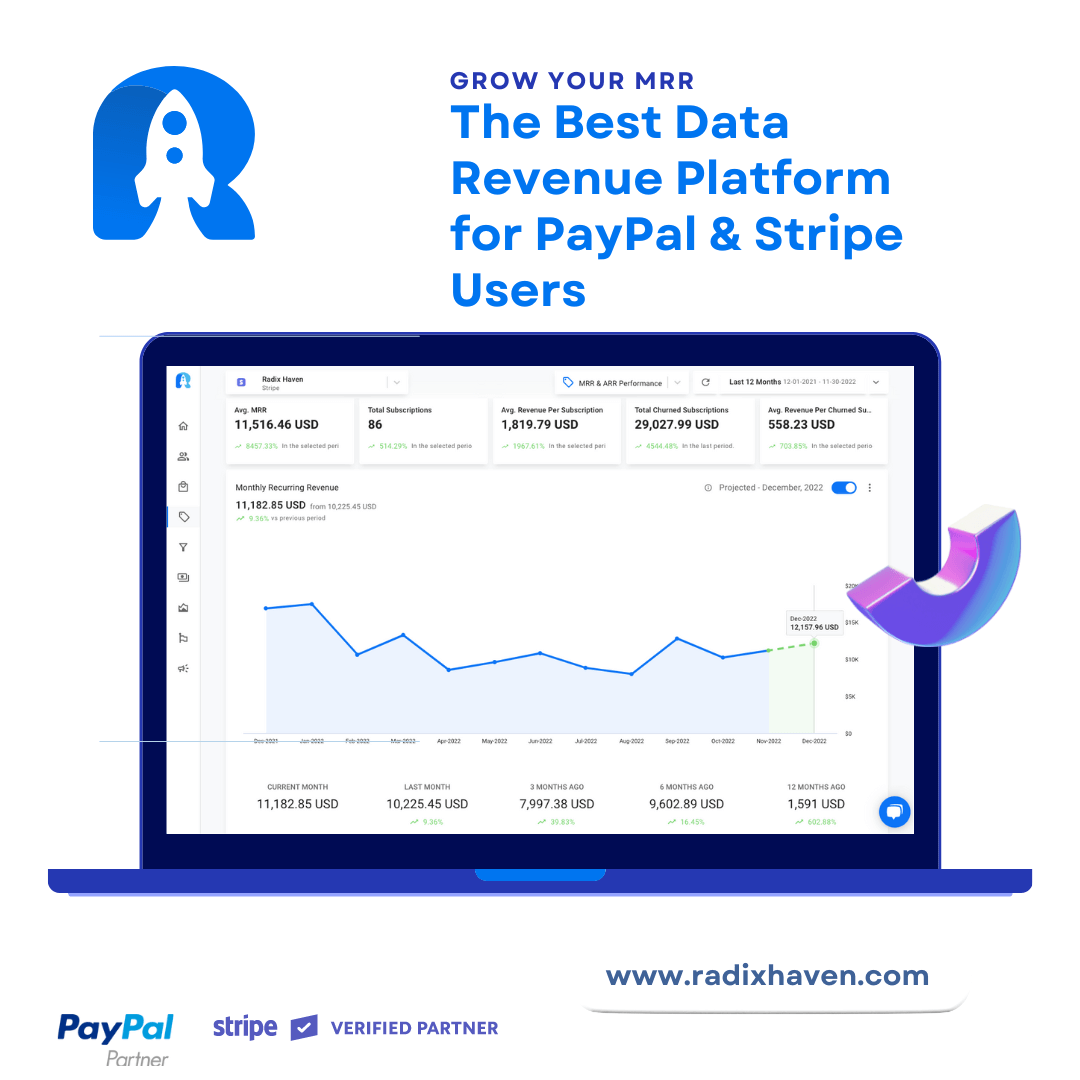Product-led growth (PLG) has become a popular strategy for companies looking to drive sustainable growth. This approach puts the product at the forefront of the customer experience, with the goal of delivering value to customers that ultimately leads to long-term growth. However, low-quality trials can significantly impact a PLG company’s success, and it’s essential to understand how.
What are Low-Quality Trials?
Low-quality trials are those that fail to meet the standards necessary to drive growth. These trials may come from a variety of sources, including marketing campaigns, referrals, or free trials. They typically result in little to no engagement with the product, and the user is unlikely to become a paying customer. In contrast, high-quality trials are those that lead to customer engagement and ultimately, conversion.
The Impact of Low-Quality Trials
Bad trials can have a significant impact on a PLG company’s success. Here are a few ways these trials can negatively affect the business:
-
Increased Churn Rates
Low-quality trials typically result in low engagement, which means the user is unlikely to become a paying customer. This lack of engagement can lead to increased churn rates as users are more likely to cancel their subscription or stop using the product altogether. High churn rates can be a significant problem for PLG companies, as it can make it difficult to achieve sustainable growth.
-
Reduced KPIs
These can also negatively impact a company’s key performance indicators (KPIs). KPIs are critical for measuring the success of a PLG strategy, and low-quality trials can skew the data. For example, if a company has a high number of poor trials, it may appear that the product is not resonating with users, which could lead to a decrease in overall KPIs.
-
Poor User Experience
Low-quality trials can also result in a poor user experience. If users are not engaged with the product, they are unlikely to see the value it provides. This lack of value can lead to frustration and dissatisfaction, which can harm the company’s reputation and lead to negative reviews.
How to Monitor Low-Quality Trials
To address the impact of low-quality trials, PLG companies must monitor their trials carefully. Here are a few strategies companies can use to identify low-quality trials:
-
Track Engagement Metrics
Tracking engagement metrics is an effective way to identify low-quality trials. Companies can use metrics such as time spent on the product, number of logins, or feature usage to determine whether a trial is high or low quality. If a user is not engaging with the product, it may indicate that the trial is low quality.
-
Use a Scoring System
Implementing a scoring system is another way to monitor trials effectively. A scoring system can assign a numerical value to different engagement metrics, allowing companies to identify low-quality trials quickly. For example, a user who logs in once and spends only a few seconds on the product may receive a low score, indicating that the trial is low quality.
-
Analyze Conversion Rates
Analyzing conversion rates can also help companies identify low-quality trials. If a high percentage of trials fail to convert to paying customers, it may indicate that the trials were low quality.
Using Radix to Reduce Churn and Boost KPIs
One solution to the problem of poor trials is to use a tool like Radix. Radix is a customer data platform designed to help PLG companies reduce churn and boost overall KPIs. Here are a few ways Radix can help:
-
Identify Them
Radix can help companies identify high-quality trials by analyzing user behavior metrics. This analysis can help companies target their marketing efforts towards users who are likely to engage with the product and become paying customers, ultimately reducing churn rates and boosting KPIs.
-
Personalize the User Experience
Radix can also help companies personalize the user experience, which can lead to higher engagement and increased conversion rates. By analyzing user data, Radix can identify individual user preferences and behavior patterns, allowing companies to tailor their product offerings to meet those needs.
-
Improve Customer Retention
Radix can also help companies improve customer retention by identifying at-risk customers and providing personalized recommendations and support to keep them engaged with the product. This proactive approach to customer retention can help reduce churn rates and boost overall KPIs.
To Sum Up…
In conclusion, low-quality trials can have a significant impact on a PLG company’s success, leading to increased churn rates, reduced KPIs, and a poor user experience. To address these challenges, companies must monitor their trials carefully and implement strategies to identify and target greate ones. Additionally, tools like Radix can help companies reduce churn rates, boost KPIs, and improve customer retention by providing personalized recommendations and support. By taking a proactive approach to trial monitoring and retention, PLG companies can achieve sustainable growth and deliver value to their customers.






